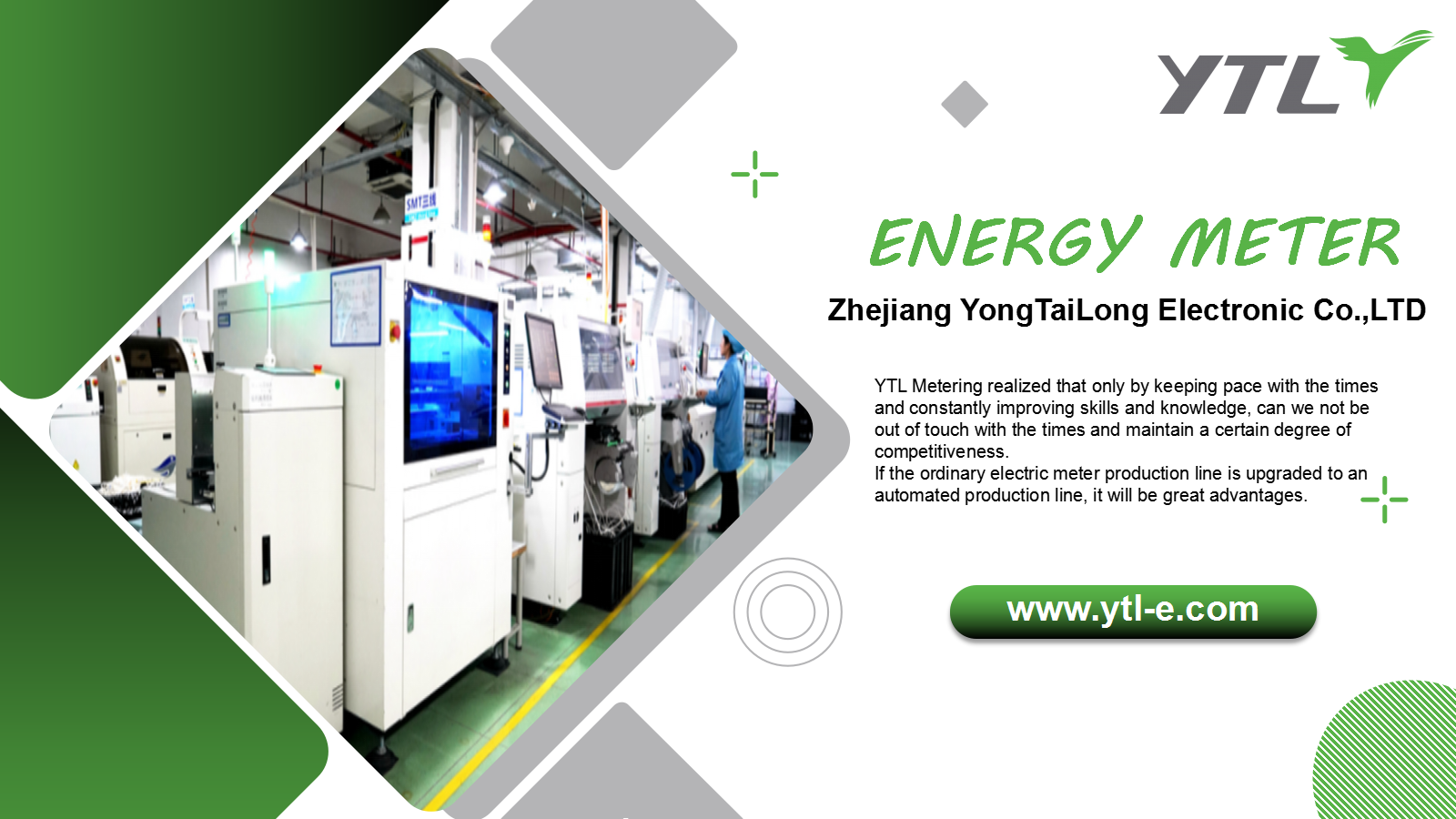EMI test and EMS test are the core components of electromagnetic compatibility (EMC) test in the field of watt-hour meter. These two tests are very important to ensure the stable operation and accurate measurement of watt-hour meters in various electromagnetic environments. Below is a detailed description of the EMI and EMS testing of the watt-hour meter.

EMI test of electric energy meter
1. definition
EMI testing of watt-hour meters mainly assesses the level of electromagnetic interference (EMI) produced by watt-hour meters when they are in normal operation, that is, the electromagnetic impact that watt-hour meters, as a source of EMI, may have on other electronic equipment or systems. Such interference may be transmitted by radiation or conduction and adversely affect other equipment in the surrounding environment.
2. Test content
Radiation emission test: this is the key test to assess the level of airborne electromagnetic radiation from a watt-hour meter. During the test, special equipment will be used to measure the electromagnetic radiation produced by the watt-hour meter when it is working, and judge whether it exceeds the specified limit. Radiation emission tests focus on the potential interference of the meter with wireless communications, radar and other equipment.
Conduction emission test: this test focuses on the electromagnetic interference conducted by the electric energy meter through the conductive medium such as power line and signal line. During the test, the meter is connected to the test equipment to simulate the electromagnetic environment in the real working environment and measure the electromagnetic interference level conducted by the meter through the conductive medium. The conduction emission test focuses on the potential interference of the meter with the grid and other electronic equipment.
Purpose and significance
EMI testing is designed to ensure that the meter does not generate electromagnetic interference to other equipment beyond the specified limits during normal operation. It is of great significance to maintain the cleanliness and stability of the electromagnetic environment and to protect the normal operation of other electronic equipment. At the same time, EMI testing is also an important step for electric energy meter to meet the requirements of relevant standards and regulations, which plays an important role in improving the product quality and market competitiveness of electric energy meter.

EMS test of electric energy meter
1. definition
The EMS test of watt-hour meter mainly evaluates the anti-jamming ability of watt-hour meter when it is subject to external electromagnetic interference, that is, the stability and reliability of watt-hour meter in electromagnetic environment. This anti-interference ability is directly related to the performance and measurement accuracy of the watt-hour meter in complex electromagnetic environment.
2. Test content
The EMS testing of watt-hour meters covers a wide range of topics, including but not limited to the following:
Electrostatic discharge immunity (ESD) : tests the resistance of the meter to the phenomenon of ESD. Electrostatic discharge (ESD) is one of the common sources of electromagnetic interference (EMI) in daily life. Therefore, ESD testing is an important method to evaluate the anti-static ability of watt-hour meters.
Electrical fast transient pulse group immunity (EFT) : to evaluate the stability of a watt-hour meter under fast transient pulse interference, such as grid switching operation. Fast transient pulse interference is one of the common forms of electromagnetic interference in power network, which has a certain influence on the normal operation of electronic equipment.
Surge immunity: Tests the meter's immunity to strong electromagnetic interference, such as power grid surge. Surge interference is usually caused by lightning stroke and switch operation in power network, which is destructive to electronic equipment.
Radiation Immunity: evaluate the ability of a watt-hour meter to operate in the presence of an external electromagnetic field. The radiated electromagnetic field interference may come from wireless communication, radar and other equipment, and threaten the normal operation of electronic equipment.
Conducted immunity: to assess the resistance of an watt-hour meter to interference signals transmitted through a conductive medium such as a power line. The conducted immunity test focuses on the resistance of the watt-hour meter to conducted interference caused by other electronic devices in the power grid.
Purpose and significance
The purpose of EMS test is to ensure that the meter can work stably and reliably in the complex electromagnetic environment, and will not fail or performance decline because of external electromagnetic interference. It is of great significance to improve the reliability and stability of the watt-hour meter and to ensure the normal operation of the power system and the quality of power supply. At the same time, EMS test is also an important step to meet the requirements of relevant standards and regulations, which plays an important role in improving the product quality and market competitiveness.

EMI and EMS testing of electric energy meter is an important part of electromagnetic compatibility testing in the field of electric energy meter. The two tests assess the meter in terms of both the generation of electromagnetic interference and its ability to resist interference, ensuring that the meter can work stably and reliably in a variety of electromagnetic environments, to provide a strong guarantee for the normal operation of the power system and the quality of the power supply.

 English
English 中文简体
中文简体










.jpg?imageView2/2/w/500/h/500/format/png/q/100)



